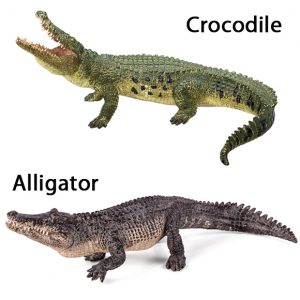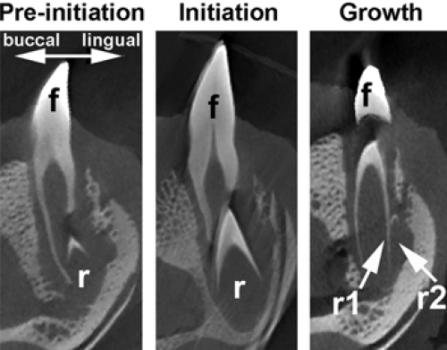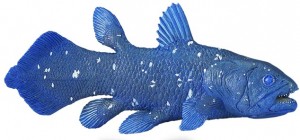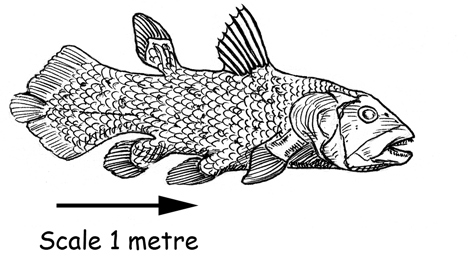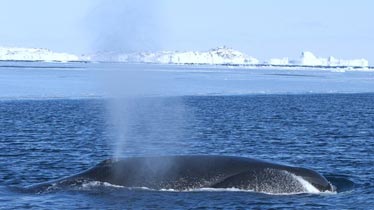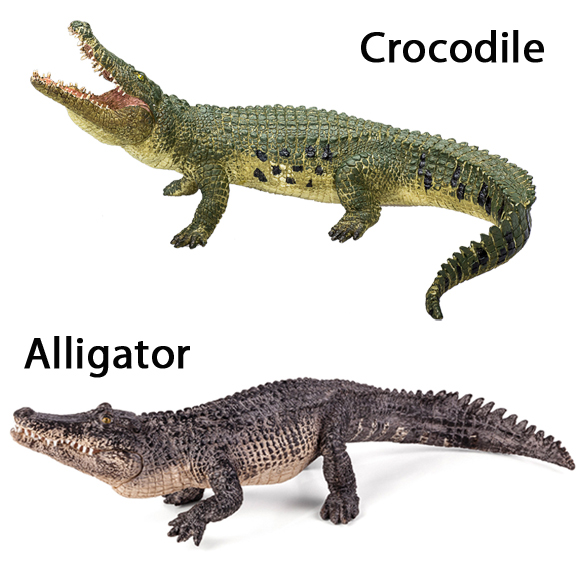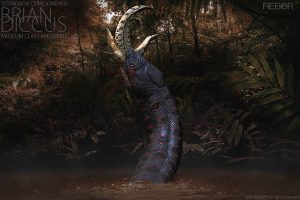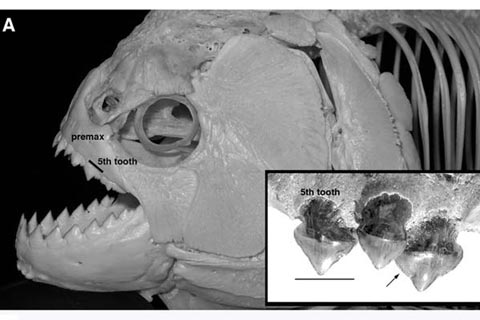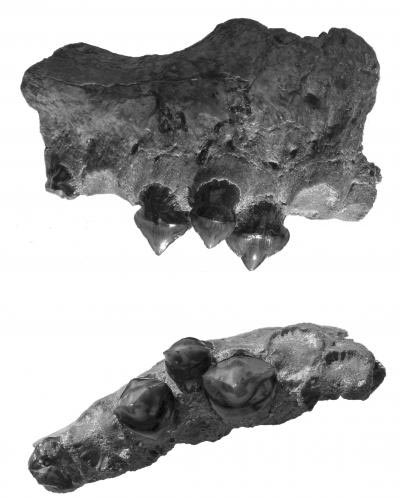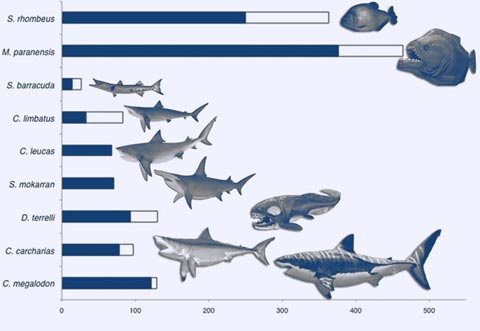News stories and articles that do not necessarily feature extinct animals.
We Could Have the Smile of a Crocodile
Stem Cell Study of Alligators Provides Clues to Tooth Regeneration in Humans
A team of international researchers led by scientists at the University of California have been getting their teeth into the problem of tooth renewal in humans. Their study of the toothsome American Alligator (Alligator mississippiensis), a reptile famed for its powerful bite may lead to the demise of certain aspects of dentistry, if a tooth is lost why not simply grow a replacement?
Could Alligators and Crocodiles Hold the Key to Human Tooth Renewal?
Alligator Teeth
One of the fascinating aspects of the Archosauria, that’s animals such as the dinosaurs and some of today’s living archosaurs the crocodilians, is these creatures’ ability to replace teeth that are lost throughout their adult lives. Reptiles and fish have the ability to regenerate teeth if they are lost. For example, a Great White Shark (Carcharodon carcharias), has the ability to replace teeth that are lost. Dinosaurs are sometimes referred to as “land sharks”, because they too, had this impressive ability. Good news for both the sharks and the tyrannosaurids for example.
After all, if T. rex lost teeth either fighting or feeding then being toothless would have been a very serious and fatal drawback. Nobody is going to watch “Jurassic Park” to see a fourteen-metre-long apex predator lick its victims to death.
Fish and reptiles have the ability to regenerate teeth that have been lost, mammals on the other hand have much more limited dental options. Humans for example, can renew their dentition just once, (milk teeth replaced by adult teeth). In essence, our species has just two sets of teeth for a lifetime (diphyodont dentition). However, new research involving the microscopic study of the structure of Alligator teeth could help scientists to learn how to stimulate tooth regeneration in humans.
Research to Understand Tooth Renewal
The research team led by pathology Professor Cheng Ming Chuong (University of Southern California), have discovered unique cellular and molecular processes which permit tooth renewal in the American Alligator. The academic paper detailing this new research has been published in the “Proceedings of the National Academy of Sciences”.
Professor Chuong commented:
“Humans naturally only have two sets of teeth — baby teeth and adult teeth. Ultimately, we want to identify stem cells that can be used as a resource to stimulate tooth renewal in adult humans who have lost teeth. But, to do that, we must first understand how they renew in other animals and why they stop in people.”
Mammals evolved from reptiles, our species shares a common ancestor with the American Alligator. We may look very different from the scaly crocodiles with their impressive teeth, but there remain similarities. For example, like the alligator, our teeth are implanted in sockets in the dental bone. In the human jaw there is the lingering presence of a band of epithelial tissue referred to as the dental lamina. This same type of epithelial tissue was found to be present within the components that make up each tooth of an Alligator.
Epithelium tissue is one of four types of tissue found in the higher Animalia (muscle, connective, epithelium and nerve tissue). This band of epithelial tissue is crucial to tooth development and growth, the research team reasoned that because crocodilians have well organised teeth with a similar form and structure to our own, their dentition would make a suitable model for studying the process of tooth replacement with the objective of finding ways in which humans could grow replacement teeth.
Assistant Professor of Pathology at the Keck School of Medicine Ping Wu, stated:
“They [alligators] have eighty teeth, each of which can be replaced up to fifty times over their lifetime, making them the ideal model for comparison to human teeth.”
Understanding Tooth Components
Under microscopic investigation, the authors of the scientific paper found that each separate alligator tooth is actually a complex “family” of three tooth components, the functional teeth in the jaw, a replacement tooth ready to erupt to replace the tooth if and when it is lost and the dental lamina. In essence, each tooth has components at different stages of development, tooth replacement is essentially a “conveyor belt operation”, as one member of the Everything Dinosaur team commented. There is a smooth transition from the loss of a mature tooth to its replacement and the dental laminae seems to hold the key to this process.
Microscopic Analysis of Alligator Teeth Reveal Complex “Family of Components”
Picture credit: University of Southern California – Health Sciences
University of Southern California researchers identified three developmental phases for each alligator tooth unit, comprising a functional tooth (f), replacement tooth (r) and dental lamina. The two-headed arrow provides orientation in the mouth, the buccal direction is towards the cheek, the lingual direction is towards the tongue.
The research team have concluded that the alligator dental laminae contains what appear to be stem cells from which new replacement teeth develop.
Co-author of the study, Associate Professor Randall B. Widelitz explained:
“Stem cells divide more slowly than other cells. “The cells in the alligator’s dental lamina behaved like we would expect stem cells to behave. In the future, we hope to isolate those cells from the dental lamina to see whether we can use them to regenerate teeth in the lab.”
The researchers went onto demonstrate that tooth growth is speeded up by novel cellular mechanisms in response to unexpected, premature tooth loss. Although, growing human teeth to replace adult teeth lost in trauma or as a result of disease is a long way off, the authors of this paper hope to apply the principles of alligator tooth renewal to regenerative medicine in the future.
Perhaps dentures will be redundant in the future, we will all have “crocodile smiles” instead.
For replicas and models of extinct and extant archosaurs, take a look at the Mojo Fun prehistoric life model range: Mojo Fun Prehistoric Life Models.


